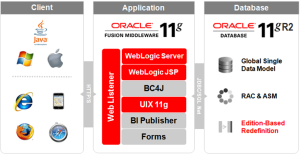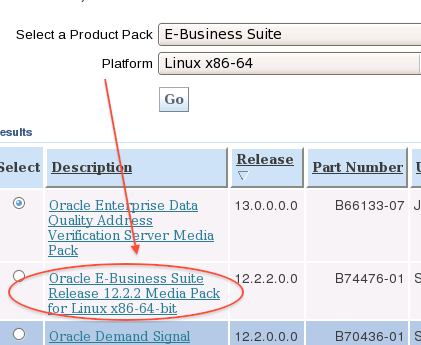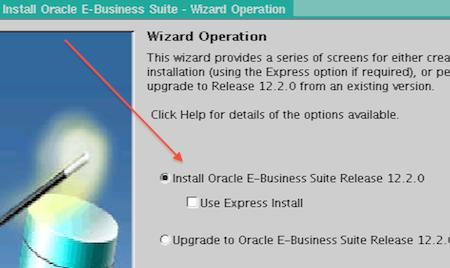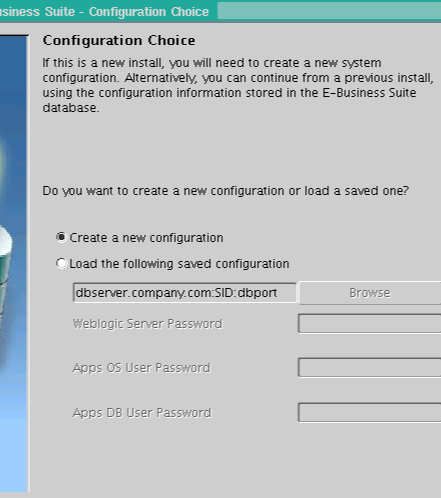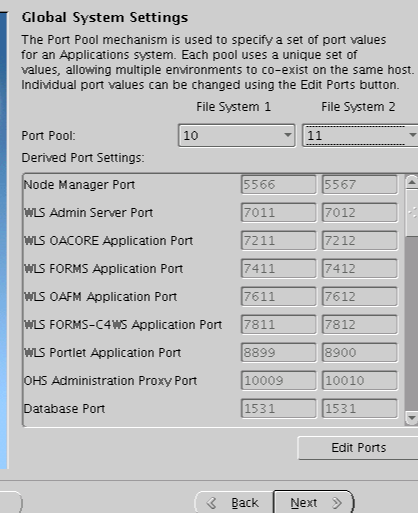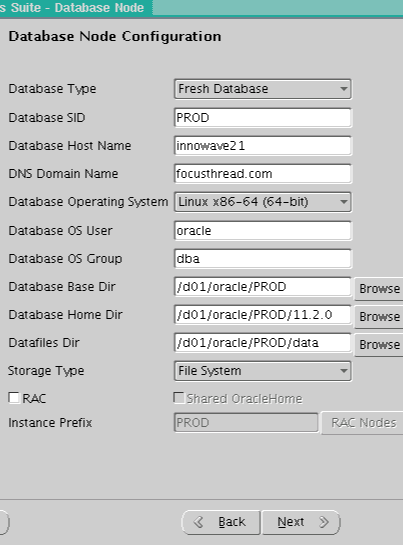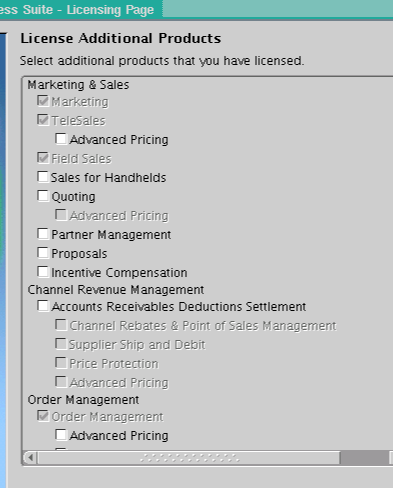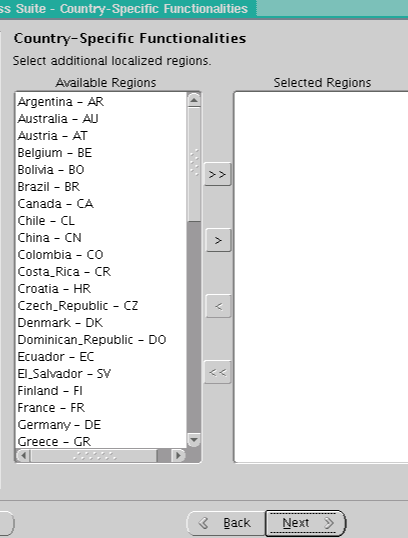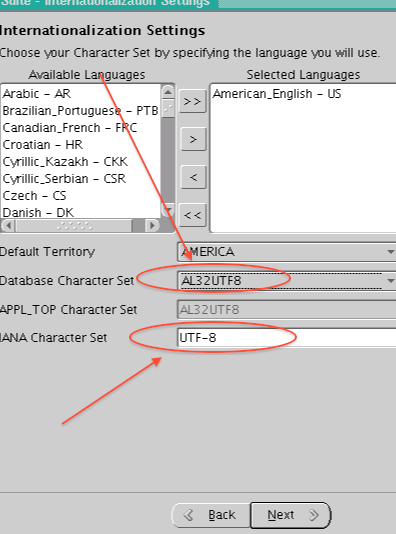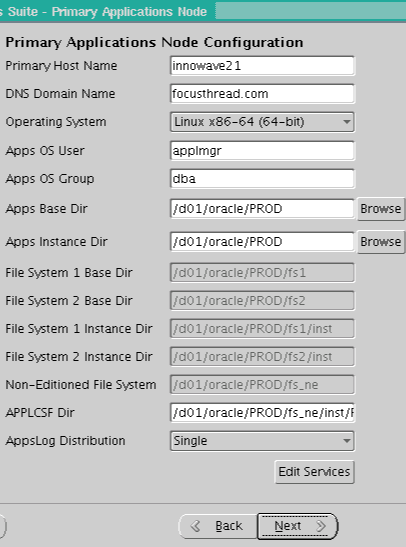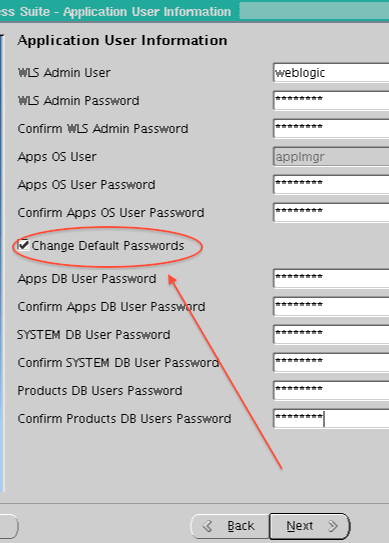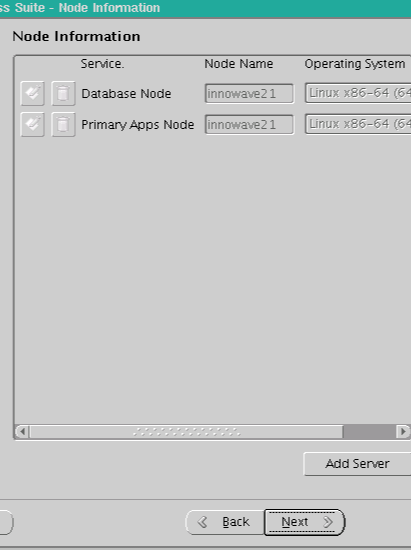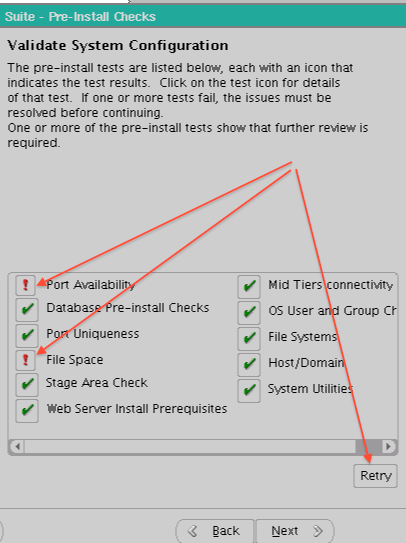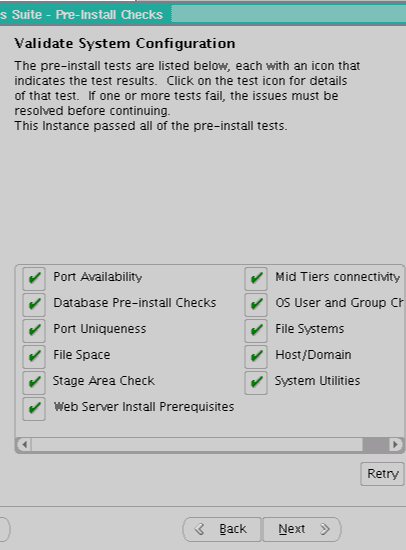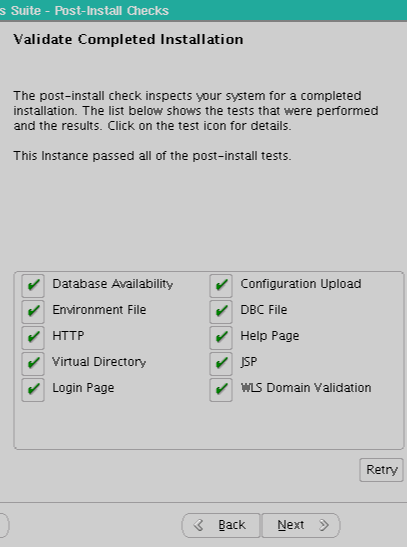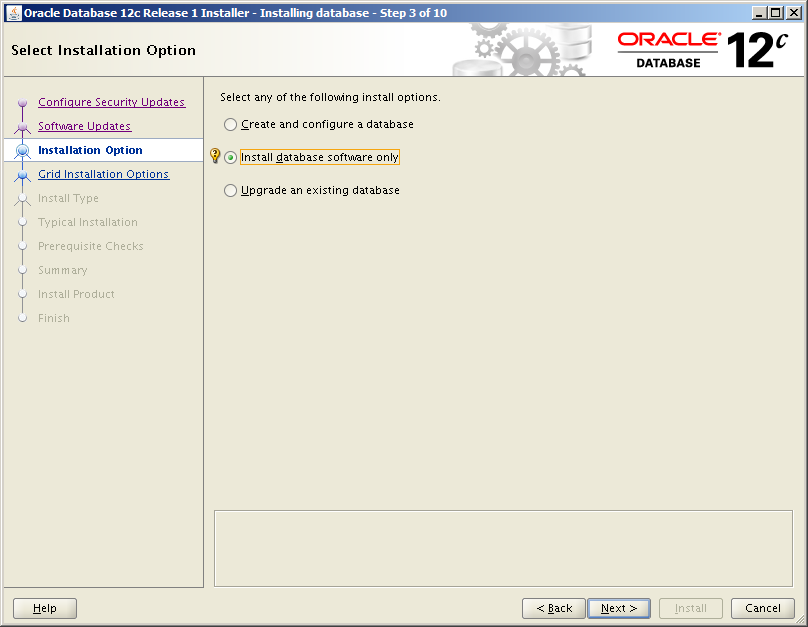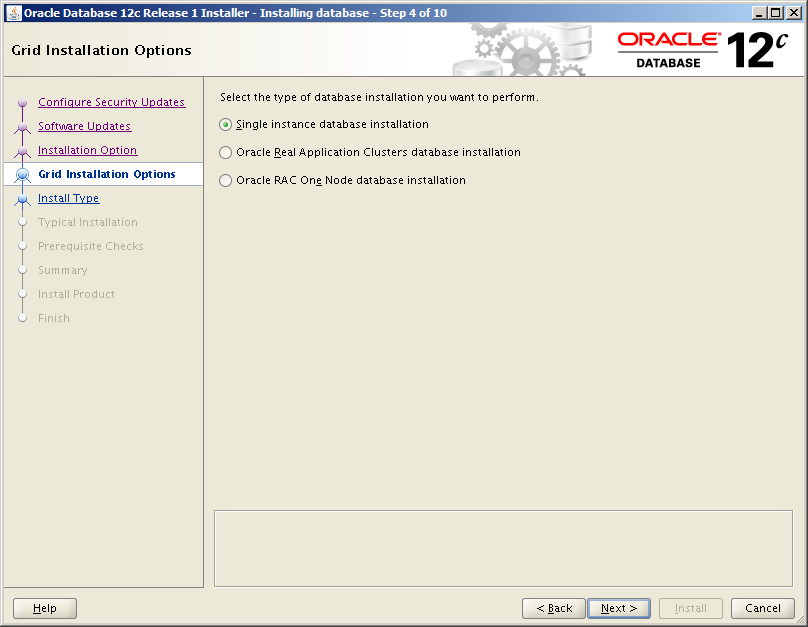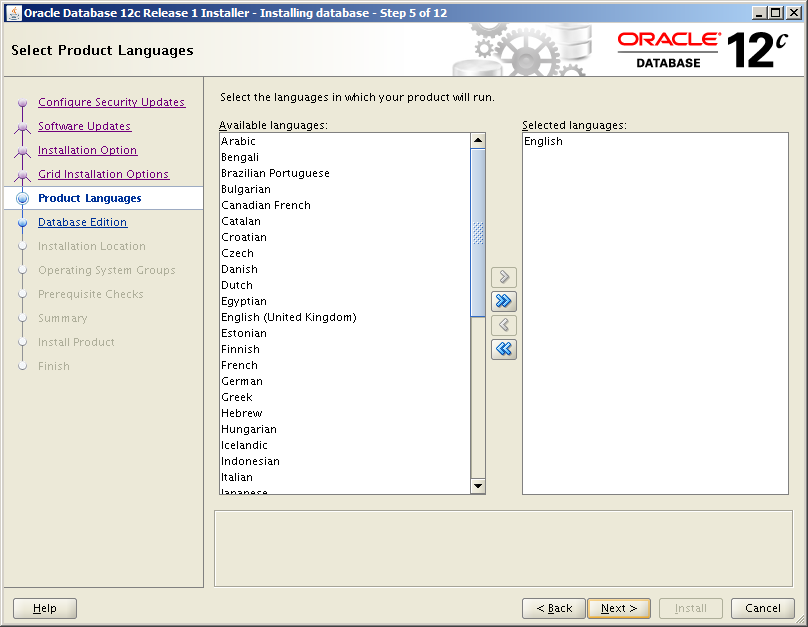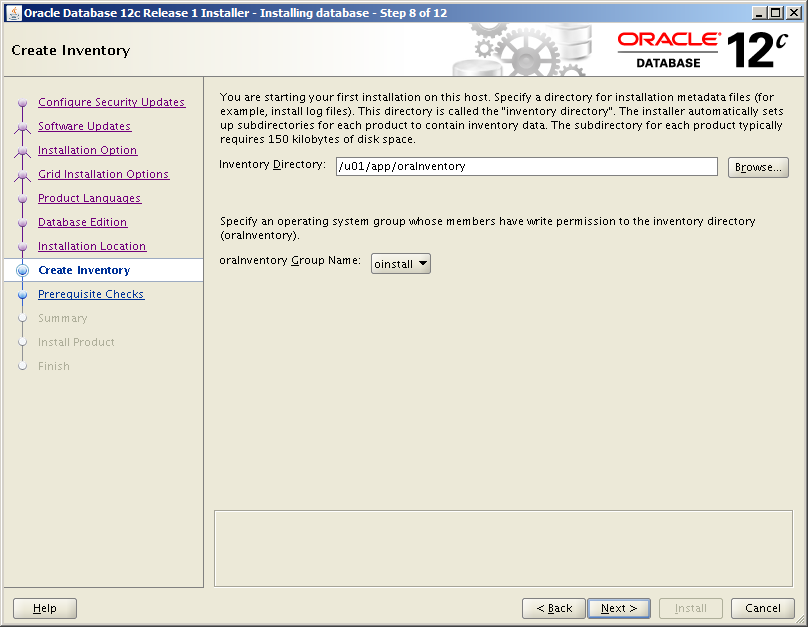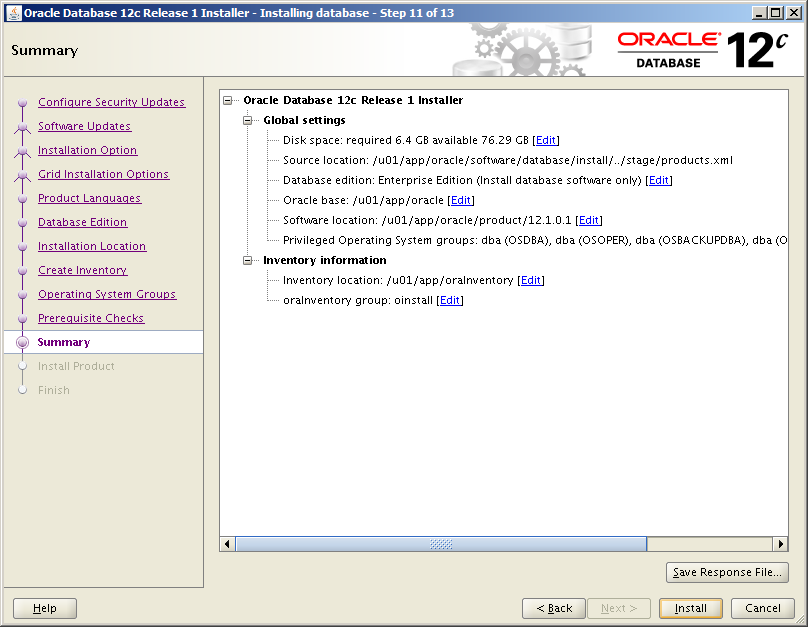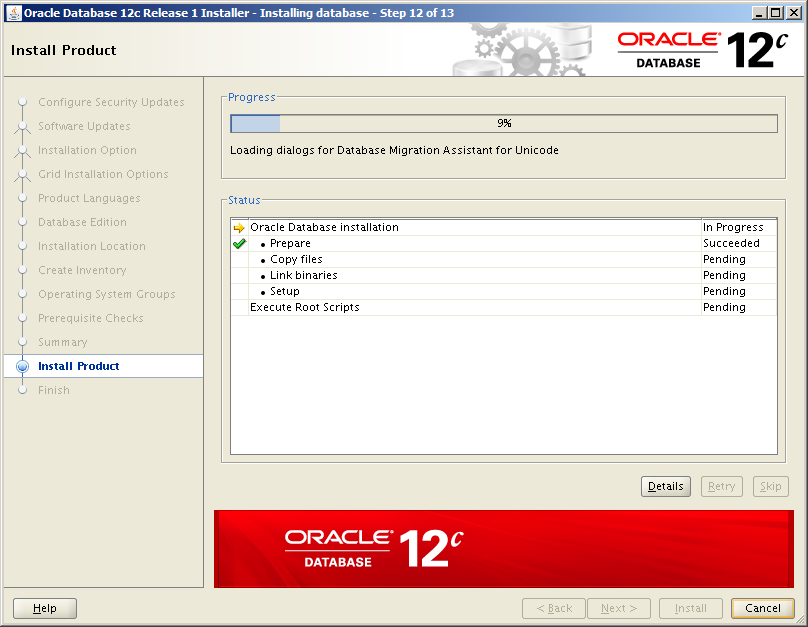Oracle EBS R12.2 – Key Features – Revisited
As we get closer to EBS 12.2 release, I had to revisit my earlier post on R12.2 key features to ensure its up to date. Here are some of the stand-out feature set that may help you to get a quick glimpse at.
Native Technology Stack Installation
• Now tech. stack has better integration with Oracle Universal Installer
• Another big one. Yes, Faster Technology Stack Installation. At least 25% much faster.
• Silent-mode calls to install and configure Oracle Database 11.2, WebLogic Server (WLS) and Oracle HTTP Server (OHS)
• AutoConfig is tightly integrated with native technology stack installation
Database RMAN Restore
• Simplifies Integration with Grid Infrastructure.
• Seamless integration with different storage methods (OCFS2, NFS, etc)
• Faster integration with Automatic Storage Management (ASM)
Dual File System
• A must needed feaure, dual file system capability is instrumental for 12.2’s Online Patching feature that allows users to continue using the application while patching.
• Dual File System allows replacing files with minimum downtime that leads to improved High Availability

Dual Port Configuration
As part of online patching feature, Oracle requires DPC (Dual Port Configuration)
• Dual Port Pool configuration
• Easier port assignments
• Allows port customization in run-time and patching file systems

Optional 11g Home for Upgrades
I always wonder why we can’t simply try to use an existing Oracle home during configuration. Well, Oracle incorporated this capability in 12.2.
• Allow integration with an existing 11gR2 Oracle Home
• Simplified Technology Stack Upgrade
• Reduced Upgrade time
WebLogic Server Features
As middleware technology stack is based on the new improved Weblogic that has atleast the following key capabilities to help manage the EBS environment better. As WLST 11gR2 is what is slated to get bundled with 12.2, its interesting to know if Oracle will WLST 12c into the mix over 11gR2
• • WebLogic Scripting Tool (WLST)
• High Availability & Failover
• Consolidated Administration, Configuration and Deployment
• Enhanced Monitoring & Messaging via centralized service administration.
• Troubleshooting framework
• Integration with OAM
• WLS-Specific configuration setups
• Proactive Management via Server & Performance Monitoring
• Easier Problem Solving & Performance Tuning
• Better resource planning via historical reporting
Online Patching
In 12.2 all patching operations are online. In
other words, Oracle E‐Business Suite will remain available to users
during patching operations. EBS 12.2 will take advantage of 11gR2
Database’s Edition-Based Redefinition features to
provide support for Online Patching. Edition-Based Redefinition enables
you to upgrade the database component of an application while it is in
use, thereby minimizing or eliminating down time.
• Downtime will be measured in minutes not hours or days• Downtime windows will be very predictable
• Patches are applied while the Production Application remains online
• Allows an application to efficiently store multiple editions of its Application Definition in the same database
• Provides an isolation mechanism (The Edition) that allows pre-upgrade and post-upgrade schemas to co-exist
• Client code chooses the particular “Edition” that it wants to connect to.

